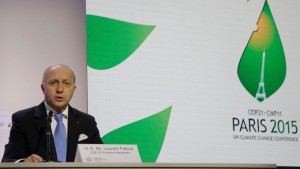Achieving the renewable energy development objectives set out in France’s “Multiannual Energy Program” requires an adaptation of the public power transmission network. This adaptation of the transmission network involves the construction of new network structures (lines and substations) and optimizing the use of existing lines through the widespread use of flexibilities.
[leap_gap height=”20px” ]

[leap_gap height=”30px” ]
When new network structures are built or reinforced, a certain amount of “residual transit stress” remains. These constraints, when they occur, are compensated for by the use of “local flexibilities”, i.e. a modulation of production in the area, which can be obtained by directly modulating production but also consumption (Load management) or by using storage devices.
In order to enable power system players to know the opportunities for managing these constraints and then to propose local balancing services to RTE, RTE now publishes the forecast state of the network.
The website contraintes-reseau-s3renr-rte.com lists the forecast constraints on the network, within 3 to 5 years, i.e. where production may temporarily exceed transmission capacity. It enables the players in the power system – producers, consumers, flexibility operators – to find out the opportunities for managing these constraints and then to propose local balancing services to RTE.
Through this publication, RTE makes available:
- the list of constrained facilities (overhead lines, underground lines or transformers),
- the location of the best situated electrical substations to manage each constraint efficiently,
- the maximum power to be limited and the associated energy.
This approach, carried out in conjunction with the French Energy Regulatory Commission (CRE), aims to facilitate the emergence of flexibility (storage, peak shaving, load management) in France and to size the public network as accurately as possible.
This service is initially proposed for the Hauts-de-France region (northern France).
Since October 2020, the results for the Nouvelle Aquitaine (south-west) region are available and put online. Grand Est, Auvergne-Rhône Alpes, Bourgogne Franche-Comté, Provence Alpes Côte d’Azur, Occitanie and Centre will be published in 2021. The constraints on the other schemes (Ile-de-France, Normandy, Brittany, Pays-de-La-Loire) will be available after 2022.
The results will be updated according to the needs expressed by the flexibility actors.
RTE puts online its website listing the existing constraints on the power grid.


